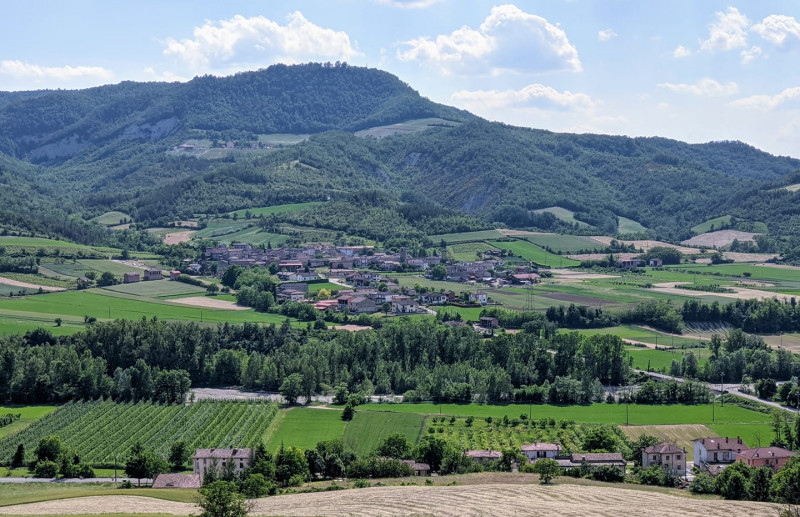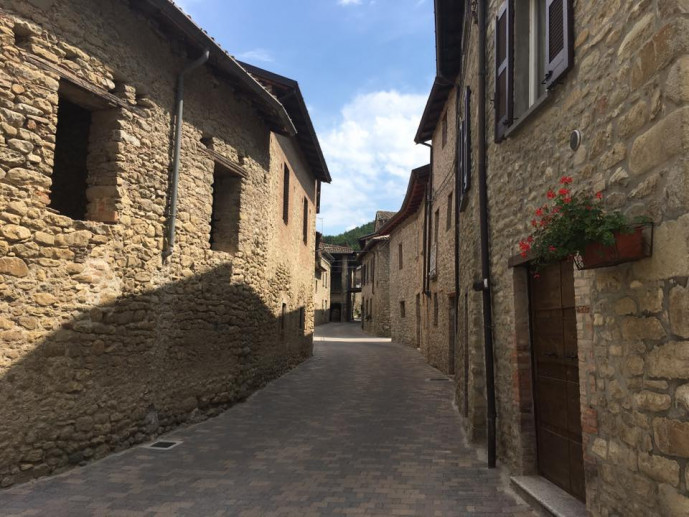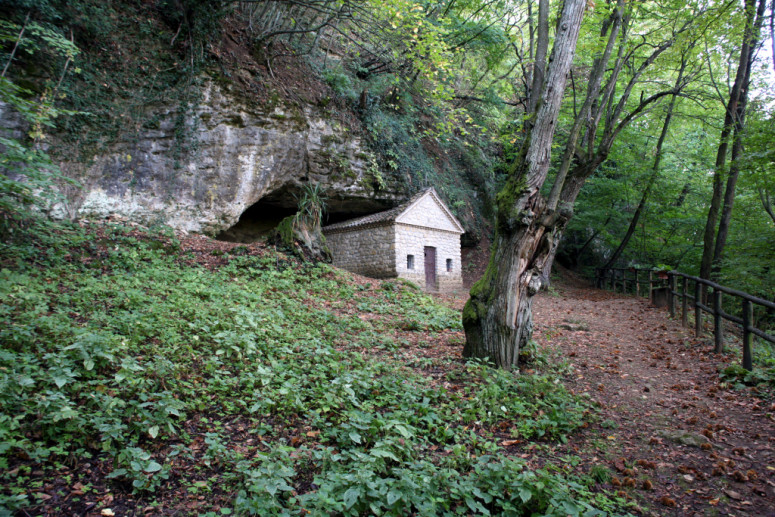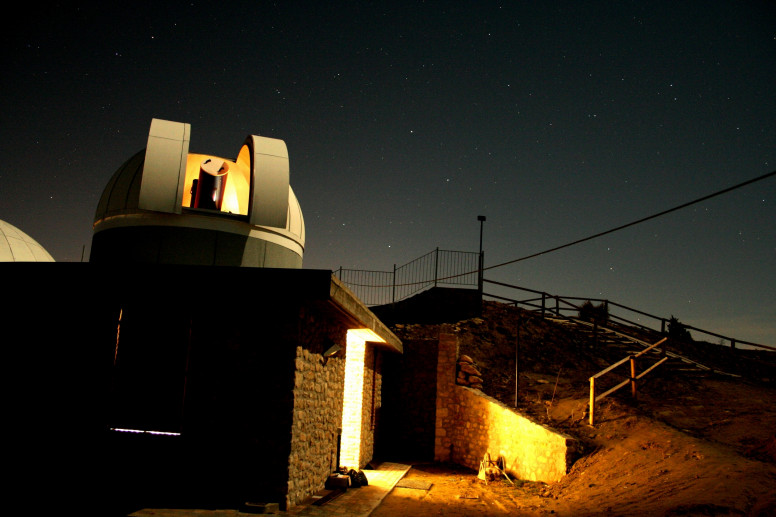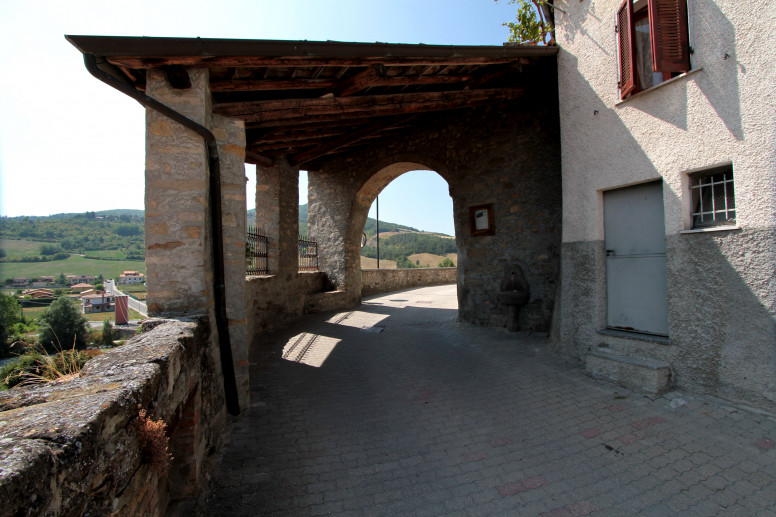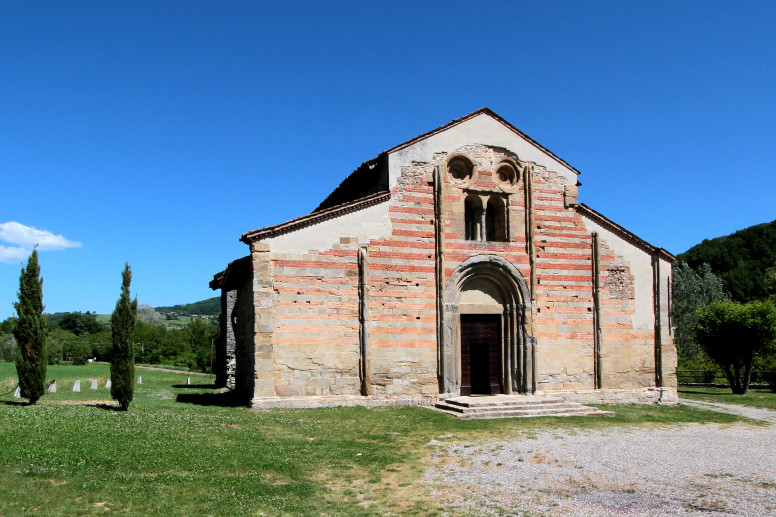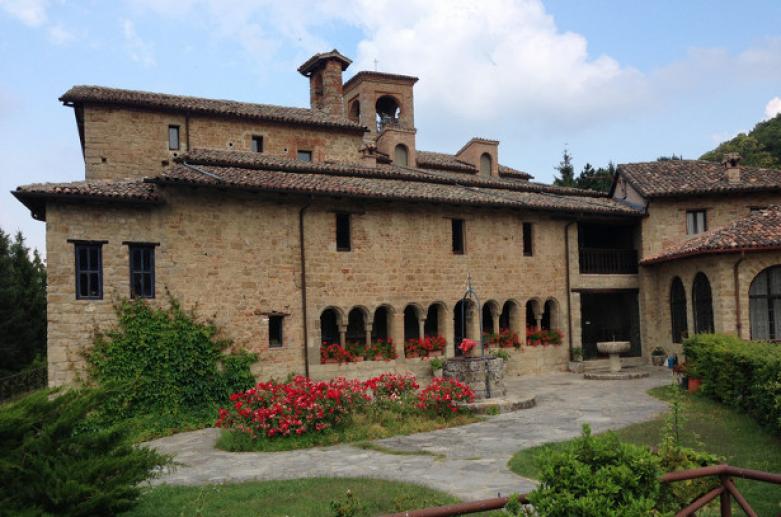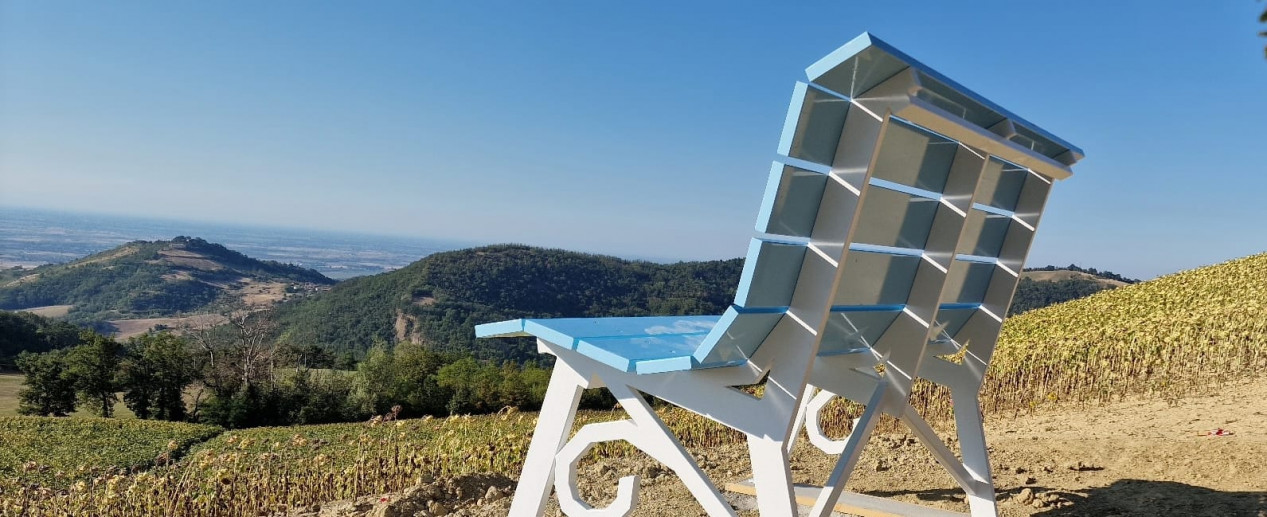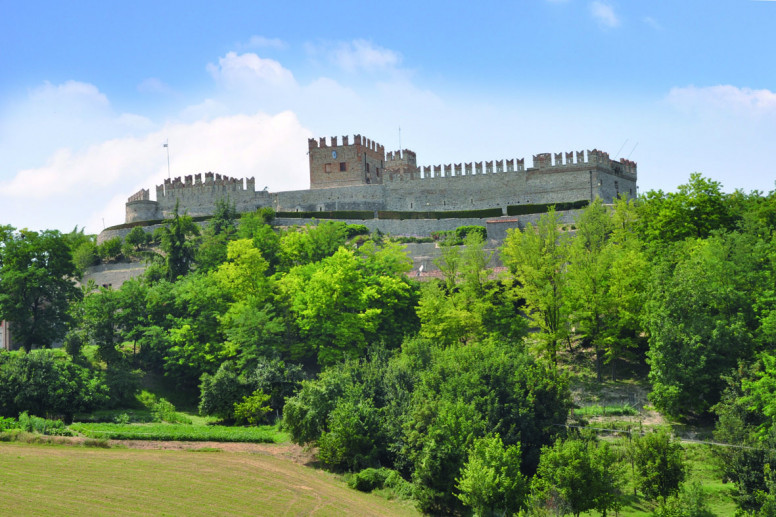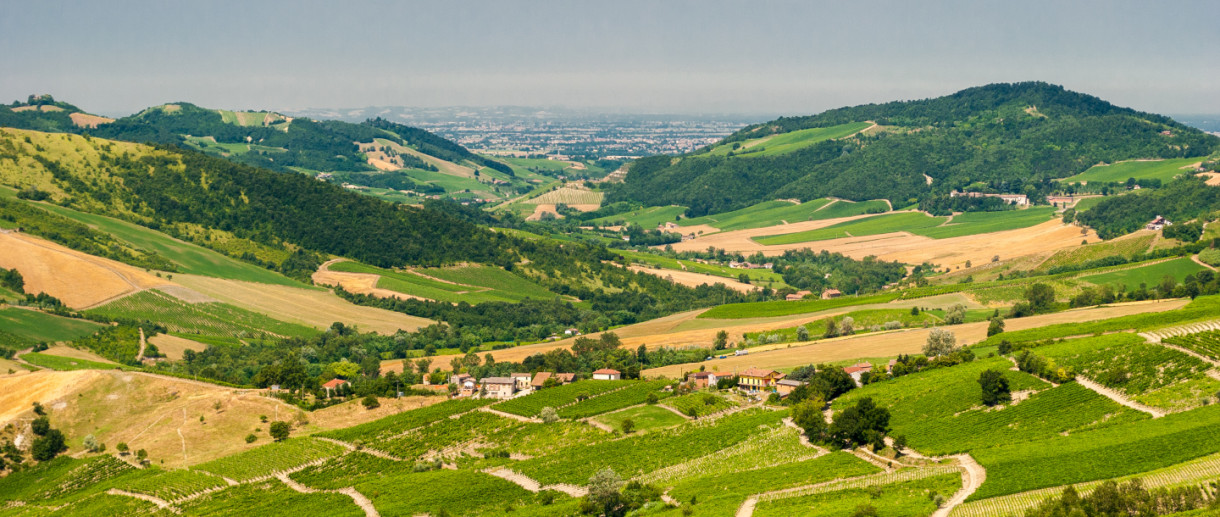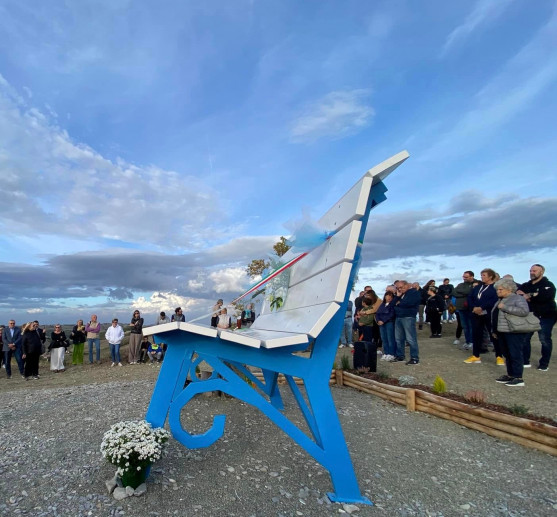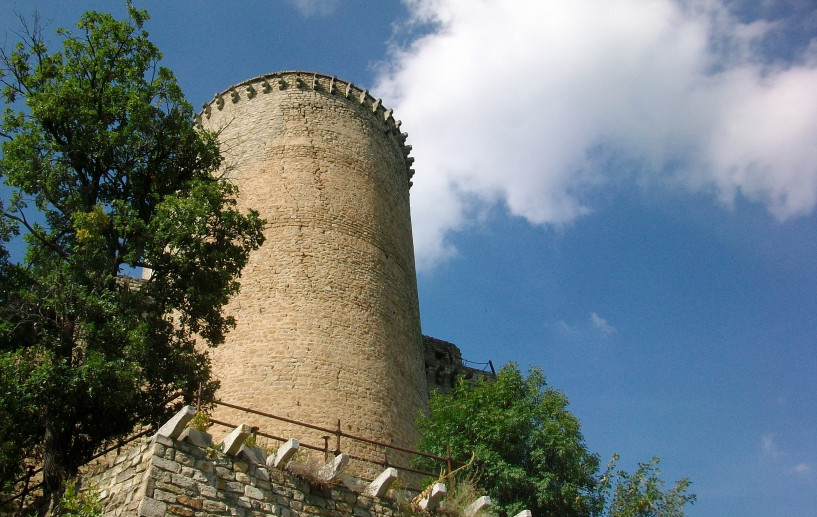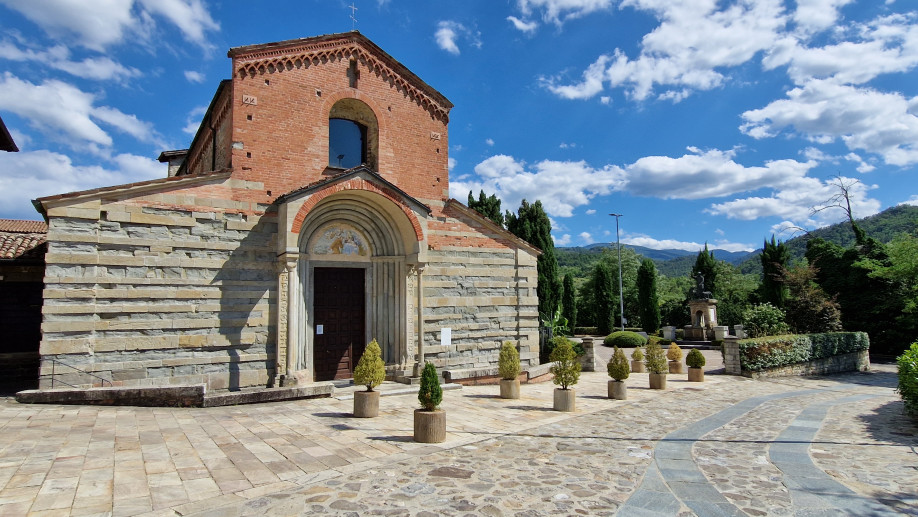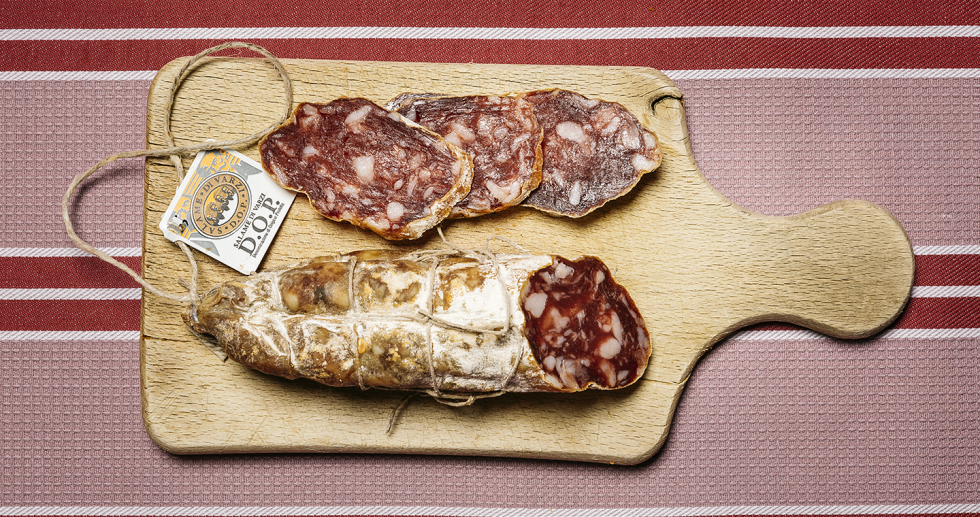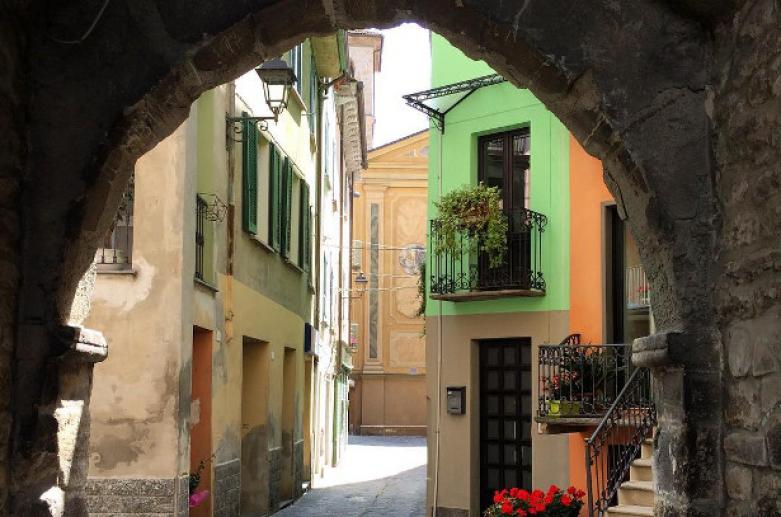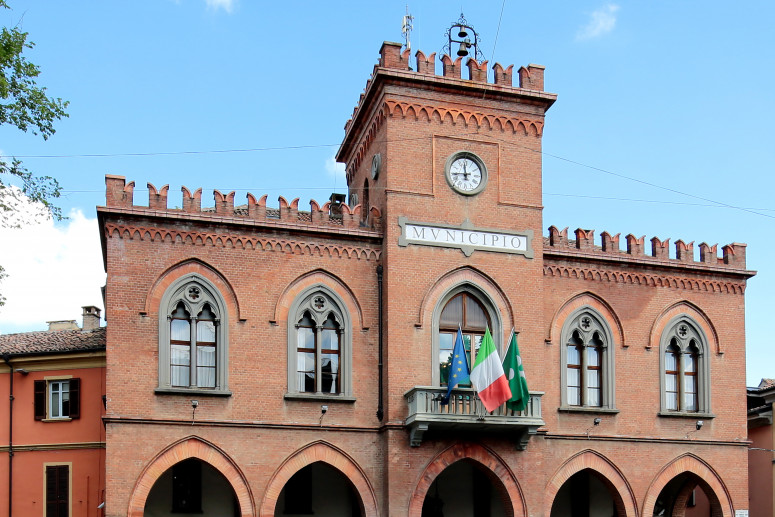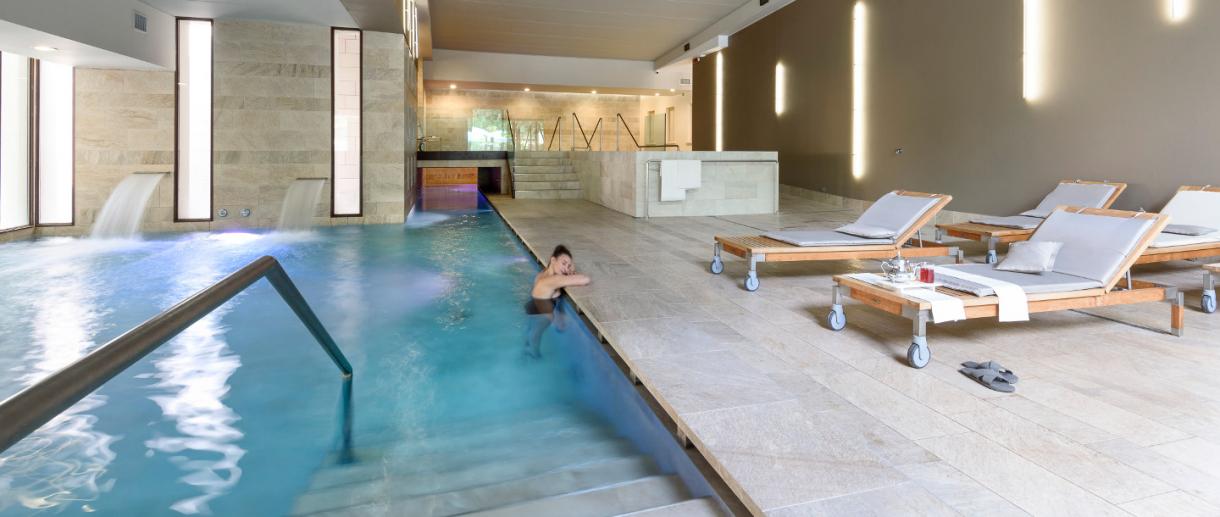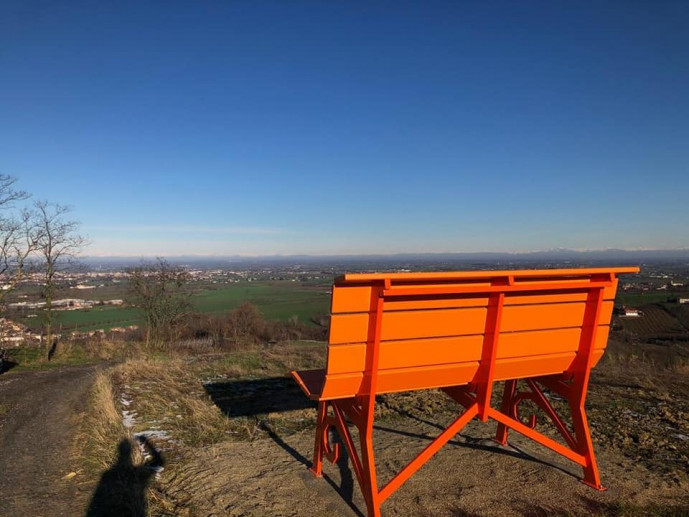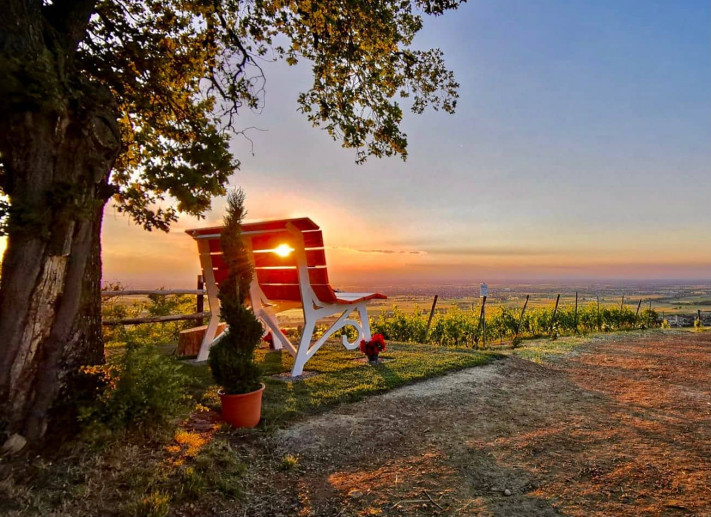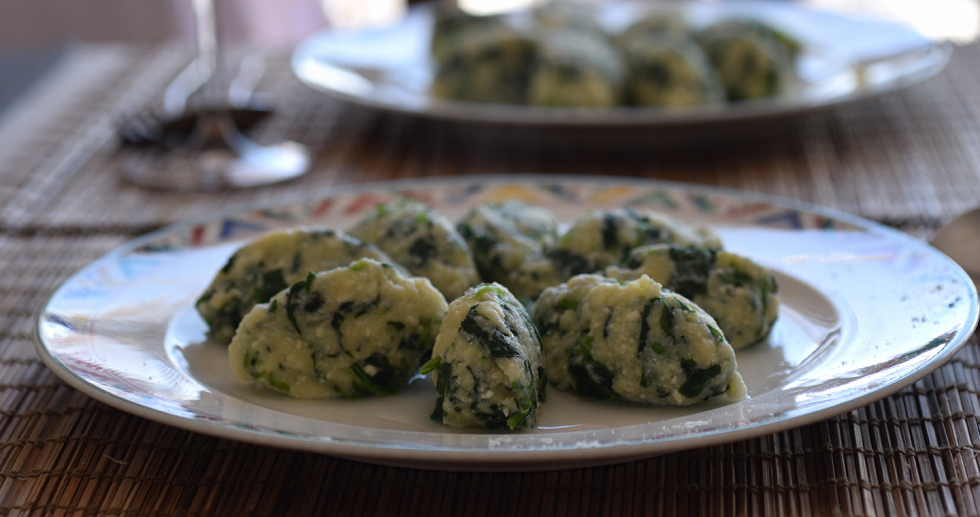- Villages
Cecima
Cecima stands atop a plateau ridge, recognizable by its ancient church rising among the trees. The village has preserved its original medieval appearance, characterized by numerous architectural testimonies.
The settlement is traversed by a maze of narrow alleys that intertwine, creating picturesque glimpses. The internal streets are paved with pebbles from the Staffora stream, the same material used for the exposed stone walls of many buildings. Of particular artistic interest are the bastions of the ancient walls, of which only a few ruins remain. Visible traces include the Porta Soprana, demolished in 1936, the now-filled moat, and the castle that once stood at the southwestern end of the village.
In the square of the churchyard stands the Parish Church of Saints Martin and Lazarus, rebuilt near the previous 12th-century church, which collapsed due to minor landslides in the early 15th century. It was reconstructed in 1460 in a beautiful late Gothic Lombard style through the patronage of Cardinal Jacopo Ammannati Piccolomini, Bishop of Pavia. However, due to similar geological issues, structural damage appeared over time, leading the Superintendence to order its demolition for safety reasons. The façade, however, was entirely preserved and, thanks to careful restoration work, remains visible in all its splendor today.
Inside the church, visitors can admire a precious 15th-century wooden polyptych. The church stands on a magnificent open space, acting as a natural balcony that, with a 200-meter drop, offers a breathtaking panoramic view of Mount Penice, Mount Boglelio, and the Staffora stream.
Within the municipal territory lies part of the vast Guardamonte Castelliere, a pre-Roman settlement discovered in 1951 on the ridge between Val Curone and Val Staffora. This significant urban structure has yielded numerous archaeological finds, including artifacts and household items.
Photo: Alessandro Vecchi - Own work, CC BY-SA 3.0
